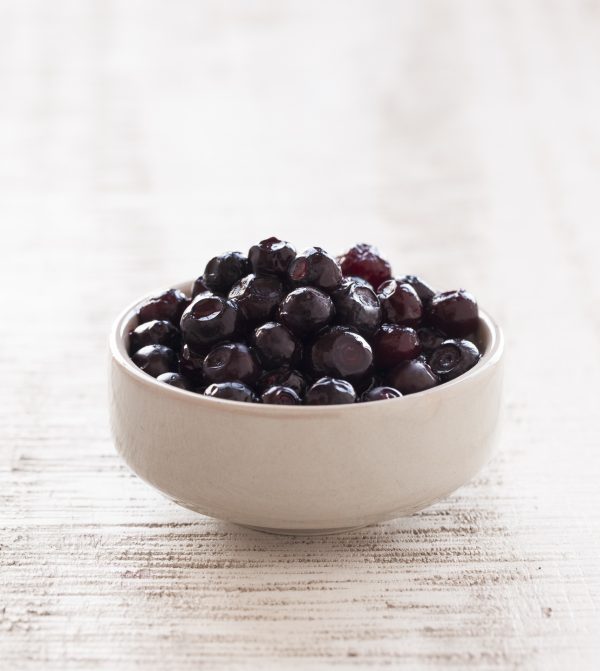Wild Elderberry Info, History & Medicinal Uses
Sambucus Nigra, or the European Elder is a desiduous shrub that grows to around both 20 feet tall and 20 feet wide. It is a very well adaptable plant that can be found scattered all across Europe. The versatility of the European Elder allows it to grow effortlessly in both dry and wet fertile soils but it seems to thrive most frequently in areas with lots of sunlight available. Its grey bark furrows lengthwise across each stem, and its leaves grow in mirrored pairs around 8 inches large that pinnate with 5-7 leaflets around 1 1/2 inches long. When the months April and May roll around, small delicate white flowers sprout up seemingly everywhere, adorning the elder bush with Mother Nature's Spring Collection. Then, come Autumn small, black, round berries appear in grape-like clusters throughout the entire bush. These berries have been popular across Europe for centuries because of their known medicinal value as well as their unique sweet-tart flavor accented with a light earthiness that pairs especially good with syrups and beverages. Not only are the berries edible and delicious but practically every part of the plants can be used to make things ranging from tools and musical instruments to dyes and insect repellents.
 elderberry plant flowering
elderberry plant floweringUses:
- Throughout history farmers have been known to attach elderberry twigs to cattle ears in order to keep insects and vermin away.
- Their easy to hollow branches made them a very popular material to make wind instruments such as flutes or pan-pipes
- The main trunk and root wood of the elder were strong and used to make a variety of tools ranging from fences to stakes to combs.
- The leaves, bark and berries can be used to make green, black and purple dyes.
- During the Victorian era distilled elderflower water was popular with those seeking a younger, brighter and healthier complexion.
 elderberries
elderberries
Medicinal History Of the Elder:
The elder is a famous plant whose medicinal uses have been found to reach back as far Ancient Egypt and span multiple countries and cultures. Hippocrates, who is often referred to as the 'father of medicine' described the elder as his 'medicine chest' which he used to cure a wide array of ailments. John Evelyn, a famous 17th century English writer, gardener and diarist, declared in reference to the elder, “If the medicinal properties of its leaves, bark, and berries were fully known, I cannot tell what our countryman could ail for which he might not fetch a remedy, either for sickness or wounds.” Throughout history this plant is attributed with treating over 70 different maladies from toothaches and fevers to cuts and burns.
Fun Fact:
The name Elder comes from the Anglo-Saxon word Aeld meaning fire. This refers to their easily hollowed branches and that they were used to blow air into fires to stoke them. Interestingly, the actual elder wood itself was taboo to burn or cut down in many cultures throughout history for fear of bad luck or supernatural reprisal.
Health Benefits of the European Elderberry:
• Elderberries are an excellent source of Vitamin A which help aid in vision and immune health as well as cell growth.
• Vitamin C present in elderberries help promote healthy skin, teeth, bones and immune health.
• Elderberries are also an excellent source of Vitamin B6 which helps fight depression.
• An excellent source of anthocyanins, elderberries are great for reducing sinus swelling and inflammation often associated with the flu or a cold.
• Flavonoids found in elderberries have powerful antioxidant properties which may help prevent damage to the body’s cells.
• Elderberries are a great source of iron and potassium which help fight off anemia and lower blood pressure which in turn reduces the risk of stroke and heart disease.
Easy Elderberry Syrup Recipe: By Kula Mama
Ingredients:
• 2 cups fresh frozen wild elderberries
• 4 cups filtered water
• 1 cup raw honey
• Optional: 3 slices fresh ginger and 2 cinnamon sticks
Directions:
1. In a small saucepan combine the elderberries (and any of the optional ingredients) and water.
2. Heat over medium/low heat at a low simmer for about 45 minutes to an hour. The water will reduce by about half.
3. When the liquid is finished simmering, mash up the elderberries with a potato masher to get out any extra juice.
4. Strain liquid through a mesh sieve into a glass jar and let cool.
5. When the mixture is no longer hot but still warm, add the raw honey and stir to combine.
6. Put lid on jar and place in the fridge.
7. Mixture will last about 1 month refrigerated.
8. Use: When sick use 2 tablespoons per day (1 tablespoon in the morning and one tablespoon at night before bed). For ongoing use during cold and flu season take 1 tablespoon 3-4 times a week.
www.kulamama.com
Mariquita Elderberry Pie Recipe
2 Crust Pie Shell
3 1/2 Cups Elderberries, washed & stemmed
1 Tablespoon Lemon Juice
1 Cup Sugar
1/4 Teaspoon
Salt
1/3 Cup Flour
1 Tablespoon butter
Spread Elderberries in prepared pie crust plate, sprinkle with lemon juice.
Combine sugar, salt & flour. Sprinkle over berries.
Dot with butter.
Adjust top crust and flute the edges.
Cut vent holes.
Bake in a 400 degree oven for approx. 35 to 45 minutes until juice bubbles up in vent holes and the crust is a nice golden brown!
https://mariquita.com/recipes/elderberries.html

